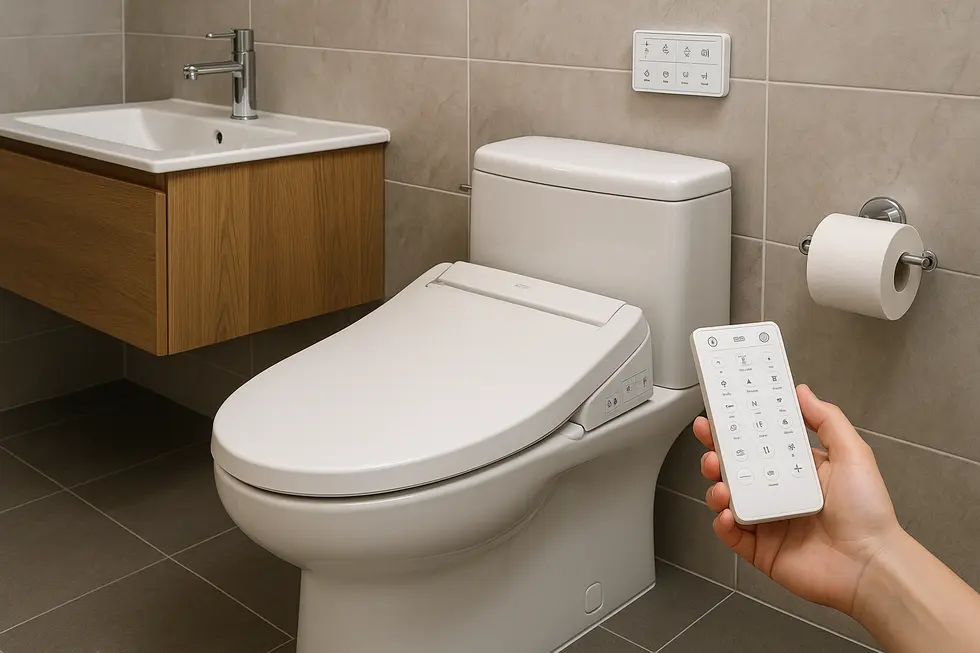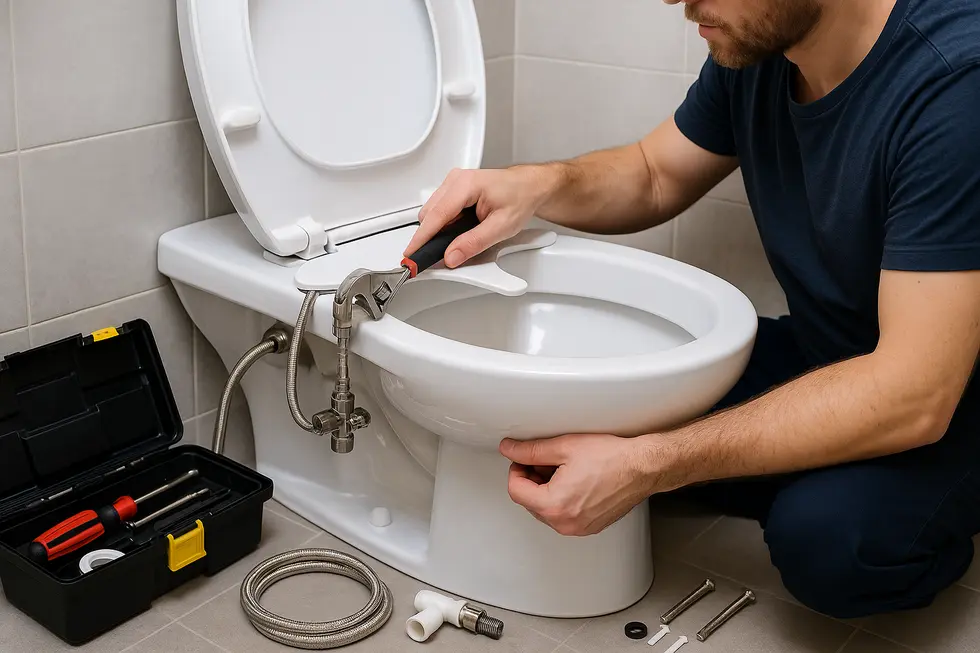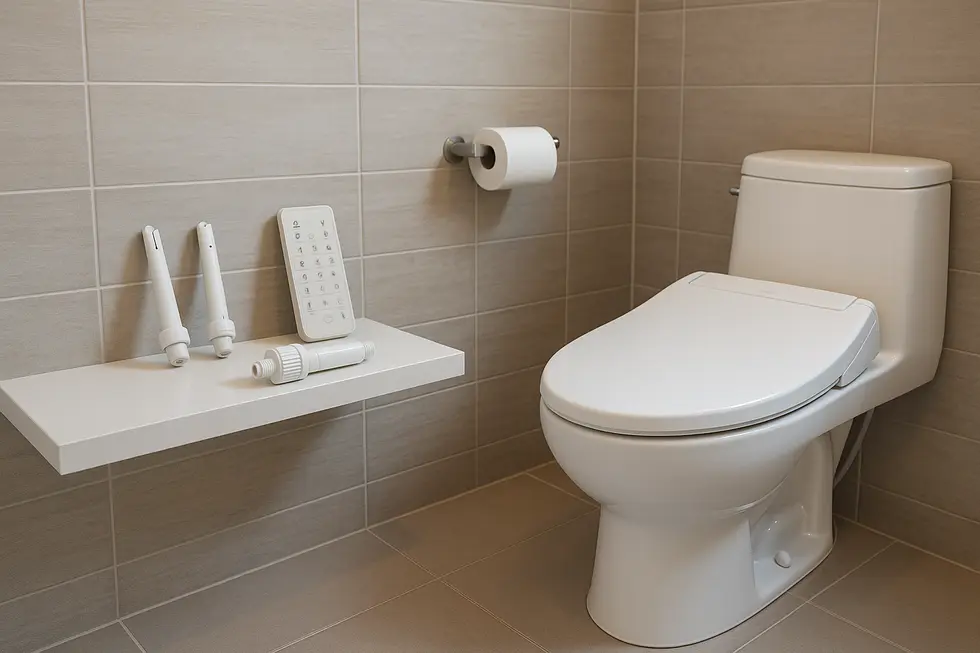Bidet Attachment
Your Essential Guide to Bidet Parts Replacement for Families
Proper maintenance and timely replacement of bidet parts can significantly enhance the hygiene and functionality of your home’s bathroom. From nozzles to electronic controls, understanding these crucial components can help keep your bidet in prime condition. This guide explores key elements of bidet parts replacement that every family should be aware of, including nozzle and valve components, electronic systems, and considerations for installation kits and compatibility.
Keeping the Spray Perfect: Replacing Nozzles, Valves, and Water Paths in Any Bidet

A steady, hygienic spray begins with two workhorses: the nozzle and the valve. When either starts leaking, clogging, or losing pressure, a full bidet replacement is rarely necessary; swapping these targeted parts usually restores factory-fresh performance. The first piece to inspect is the nozzle assembly. Most modern units conceal a single or dual wand made from stainless steel or ABS that retracts behind a shield. Minerals and soap residue eventually roughen the spray holes or seize the glide track. Unsnap the decorative nozzle cap, note the part number stamped on the stem, and slide the wand free. A compatible replacement slots in seconds and, if you are upgrading, look for self-rinsing tips and antimicrobial alloys to extend the maintenance interval. If the original guard gate is warped, pair the new nozzle with a fresh shield and silicone washer; misalignment here is the most common cause of sideways spray.
Next comes the valve set that feeds the wand. A solid-brass T-valve lasts for years, yet its internal O-ring can harden, allowing drips to creep down the toilet wall. Before ordering, confirm the thread size on both the supply hose and the tank shank; most residential toilets use 7/8-inch connections, but niche models differ. Shut off the angle stop, relieve pressure, then remove the old valve with a crescent wrench, keeping a towel handy for residual water. A braided stainless hose rated to 250 PSI completes the water path; replace it together with the valve if the outer sheath shows rust or kinks.
Because controls, hoses, and shields often share the same mounting screws, photograph the layout with your phone so the new kit aligns perfectly. If you are not sure which parts match your serial number, consult the manufacturer’s exploded diagram or use a retailer’s chat service; sending a quick photo usually prevents ordering errors.
Owners who want broader context for attachment compatibility can browse this detailed bidet attachment guide for installation visuals and sizing charts. Meanwhile, an illustrated specification sheet of one stainless-nozzle seat highlights how dual spray wands integrate with all-metal T-valves for tool-free maintenance.
Mastering Bidet Electronics: Replacing Remotes, Knobs, and Control Valves Without the Guesswork

Electronic controls make modern bidets intuitive, yet they add a new layer of complexity when parts fail. The key to a smooth replacement is recognising whether your seat relies on manual mechanics or wireless electronics.
Most non-electric attachments use a simple wash knob. If turning the knob has become stiff, stripped, or leaky, replacing it is usually as easy as isolating the water, unscrewing the old stem, and sliding a factory-matched knob in place. Users who enjoy the low-tech reliability of these units can find further guidance in this concise overview of non-electric bidet attachments.
Electric seats, by contrast, store their brains in a handheld remote. Before ordering a new one, flip the seat up and note the exact model code—remotes are programmed at the factory and will not pair across product lines. After inserting fresh batteries, the replacement usually connects automatically once you press the power or “stop” button for three seconds. Remember to keep the old unit on hand until the pairing sequence finishes; some seats require confirmation from both remotes.
Another silent workhorse is the electronic control valve. This component meters water during wash or flush cycles. Symptoms of failure include continuous dribbling, weak spray, or a motor that hums without moving water. Valves are typically modular: shut off the inlet, disconnect two spade clips, twist the cartridge free, and reverse the process with the new part. Take photos as you go; orientation matters, and a flipped solenoid can dead-short the board.
Before re-assembly, inspect seals and O-rings. A ten-cent gasket is often the difference between a pristine repair and a hairline leak that ruins electronics. Finally, give the seat a full system reset—unplug for 30 seconds—so the motherboard recognises fresh hardware.
For model-specific pairing instructions and part numbers, consult your seat’s service manual or this reference on a model-specific wireless remote that includes step-by-step pairing visuals. A calm, methodical approach will restore every button-press luxury your bidet offered on day one.
Fitting the Pieces Together: Choosing the Right Installation Kit and Ensuring Bidet Compatibility

Replacing a worn nozzle or a leaky hose is straightforward when you buy components one by one, yet many homeowners discover that a complete installation kit saves time and second-guessing. A typical kit bundles mounting bolts, adjustable brackets, T-valves, pressure hoses, and often a fresh nozzle assembly. Having every gasket and washer in one box means you are not pausing mid-project to hunt for a missing rubber seal.
Before tightening the first screw, confirm that the kit actually matches your porcelain. Toilets are produced in two dominant bowl profiles—round and elongated—and a bidet seat or attachment cannot compensate for the extra centimetres if you guess wrong. Measure from the seat bolts to the front rim; if the distance is roughly 16.5 inches, you own a round bowl, while 18.5 inches signals an elongated shape. Modern one-piece toilets add another wrinkle: the seamless tank can obstruct the rear mounting plate on some bidet attachments. Look for kits marketed as “one-piece compatible” or that include offset brackets to clear the curve.
Plumbing compatibility is equally critical. Standard North American kits rely on a 7⁄8-inch fill-valve connection, but older homes or European imports may require adapters. More important is backflow prevention. Municipal codes in many regions now mandate a vacuum breaker or RPZ valve that stops used water from migrating into the clean supply. Quality kits integrate this device inside the T-valve so you stay compliant without extra hardware, a detail worth verifying in the product sheet.
Model-specific fasteners are another hidden snag. Hinges on some premium seats use proprietary stainless screws that resist corrosion but cannot be substituted with store-bought bolts. When ordering replacements, cross-check the part number stamped under the seat lid to avoid an ill-fitting hinge that wobbles after installation.
Taking a few minutes to confirm toilet shape, fill-valve thread size, and local code requirements keeps a Saturday project from turning into a week-long parts chase. For more pointers on retrofitting older commodes, see this guide to adding a bidet to an existing toilet.
Final thoughts
Replacing bidet parts is an effective way to maintain the hygiene and efficiency of your bathroom setup. By understanding the key components, such as nozzles, valves, and electronic controls, and considering compatibility during installation, families can ensure their bidet systems remain in optimal condition. Proper maintenance and timely replacements contribute to a healthier and more comfortable home environment.
Experience a new standard of clean with PEGABidet—designed for comfort, safety, and independence. Join thousands who trust us to make personal care simple and dignified. Contact us contact@pegabidet.com
About us
PEGABidet is a brand owned by L.A NEXTGEN LLC, based in California. We design intuitive, hygienic, and accessible bathroom solutions that prioritize safety, dignity, and independence. Our mission is to make personal care effortless and empowering for people at every stage of life.

